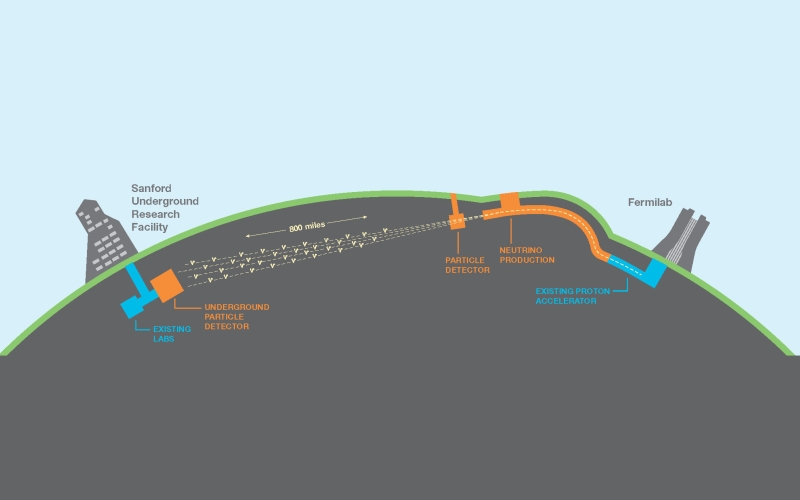
A KAJV crew member loads muck from the Ross Ore Pass near the Ross Shaft.
Over the past few months, crews with Kiewit-Alberici Joint Venture (KAJV), the General Contractor for the Long-Baseline Neutrino Facility (LBNF) in Lead, have been working to prepare the site for excavation of the Deep Underground Neutrino Experiment (DUNE) on the 4850 Level of the Sanford Underground Research Facility. The following images depict some of the ongoing preparation projects.
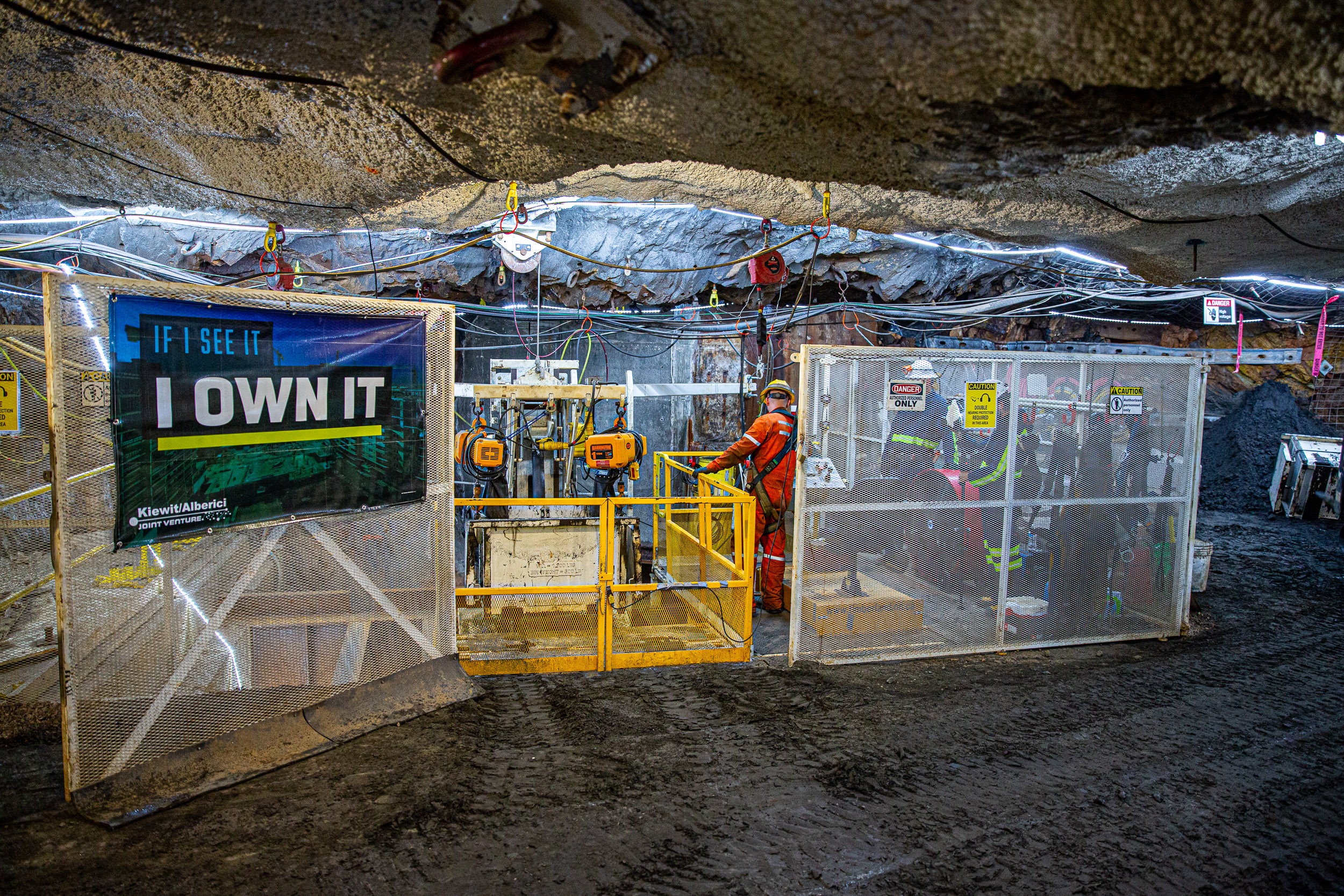
Photo by Matthew Kapust, Sanford Underground Research Facility
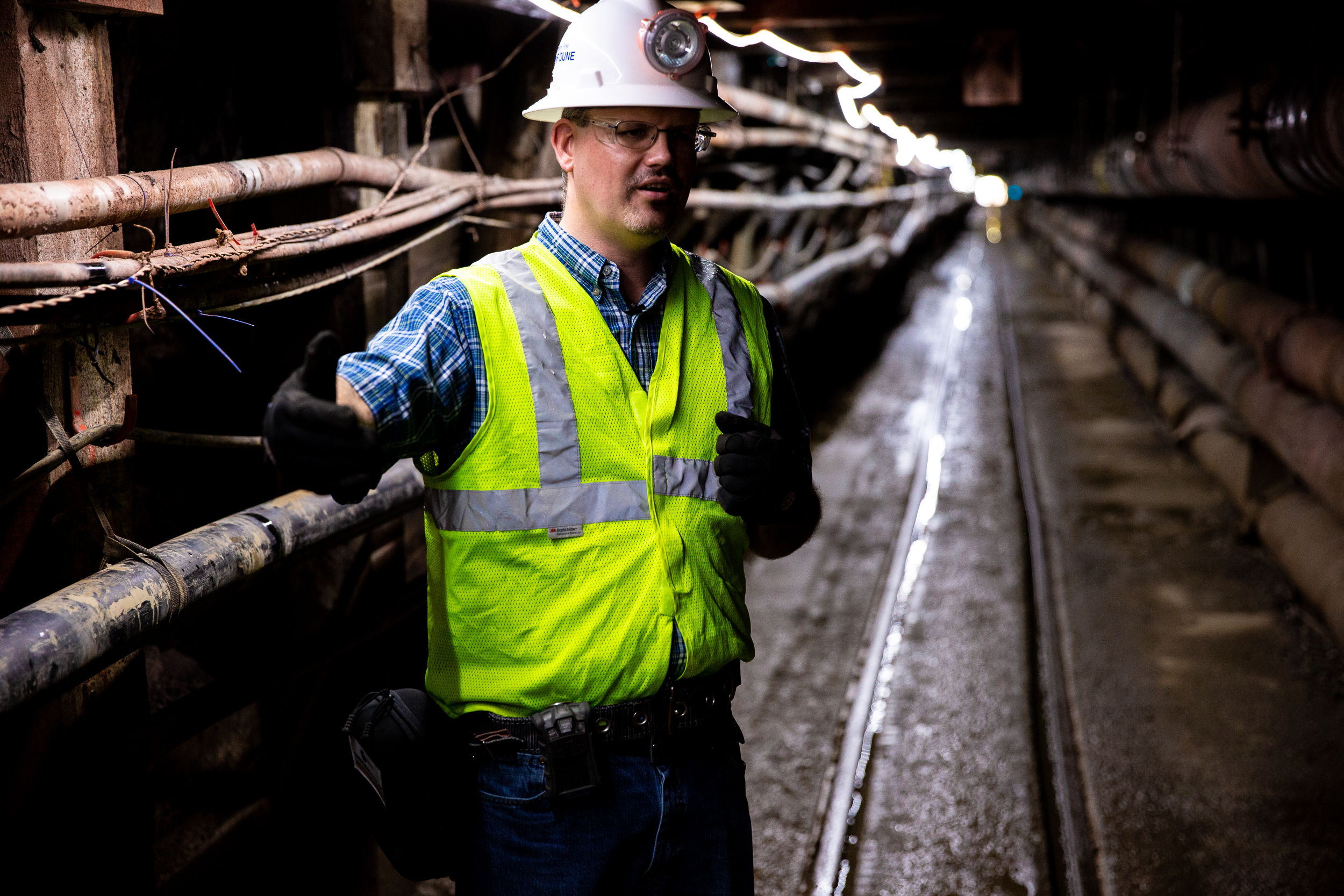
Photo by Matthew Kapust, Sanford Underground Research Facility
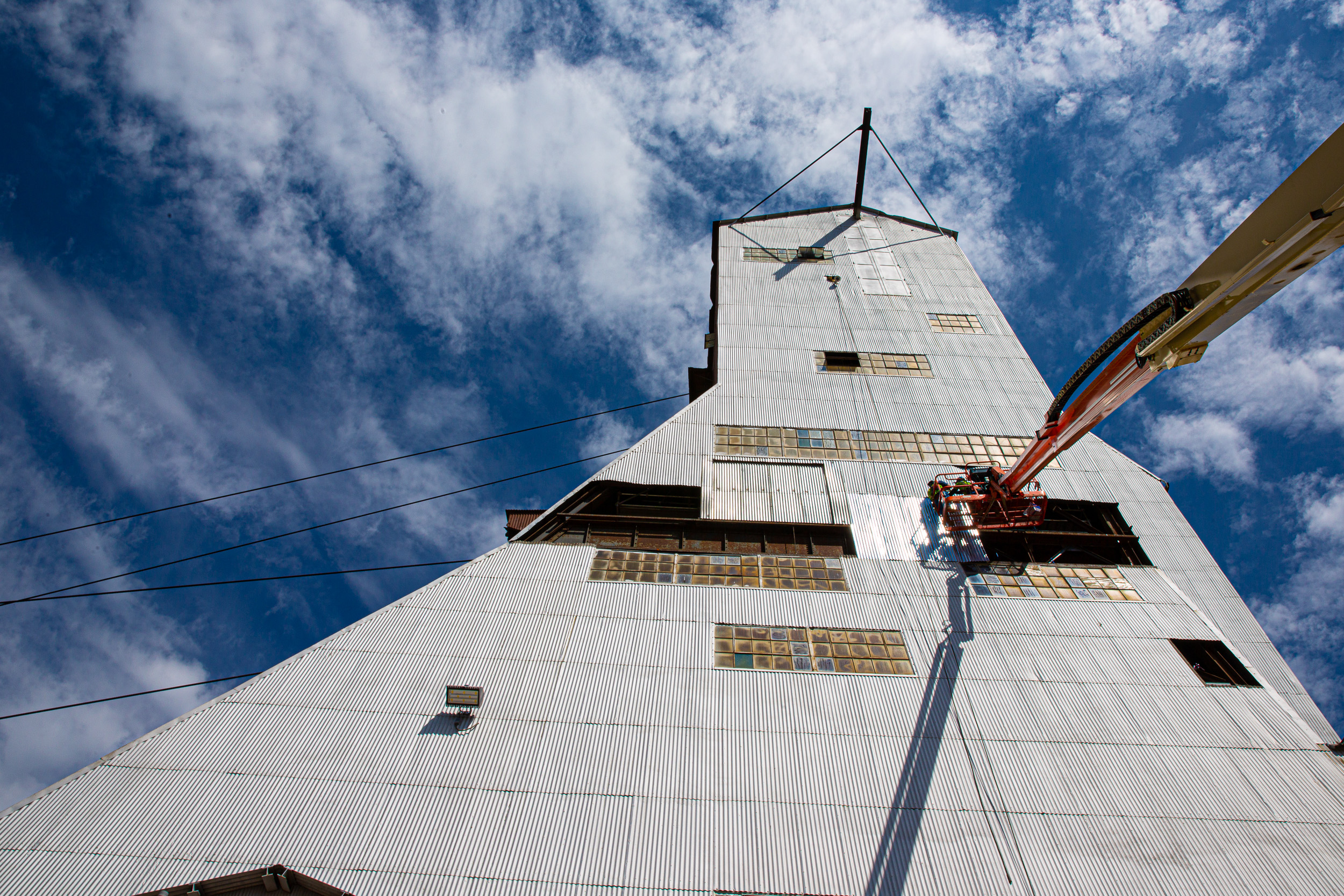
Photo by Matthew Kapust, Sanford Underground Research Facility
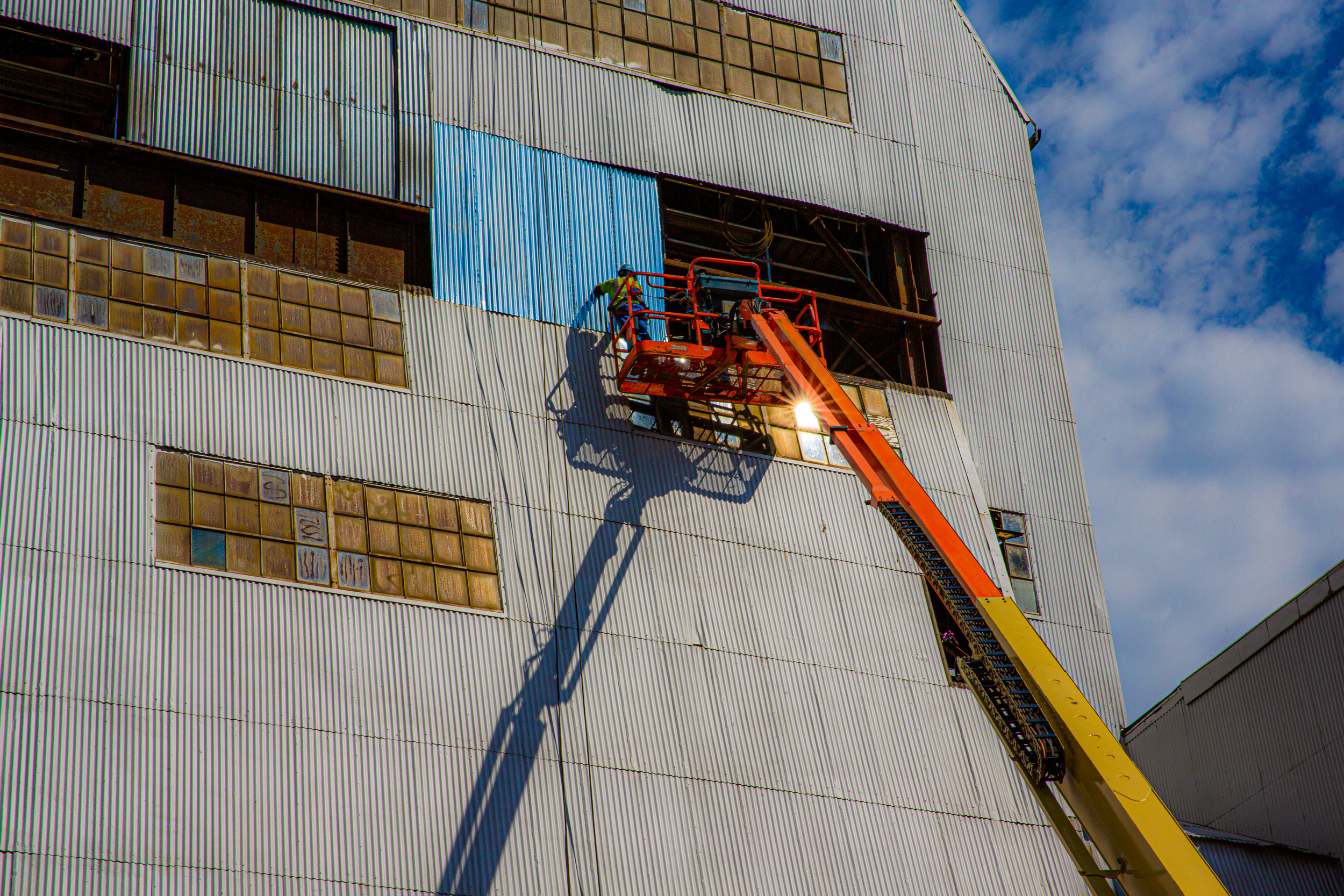
Scientists with the Deep Underground Neutrino Experiment (DUNE) hope to revolutionize our understanding of the role neutrinos play in the creation of the universe. Using the Long-Baseline Neutrino Facility (LBNF), they'll shoot a beam of neutrinos from Fermilab in Batavia, Illinois, 800 miles through the earth to detectors deep underground at Sanford Lab in Lead, South Dakota. LBNF will provide the infrastructure at Fermilab and Sanford Lab to support the DUNE detectors.
